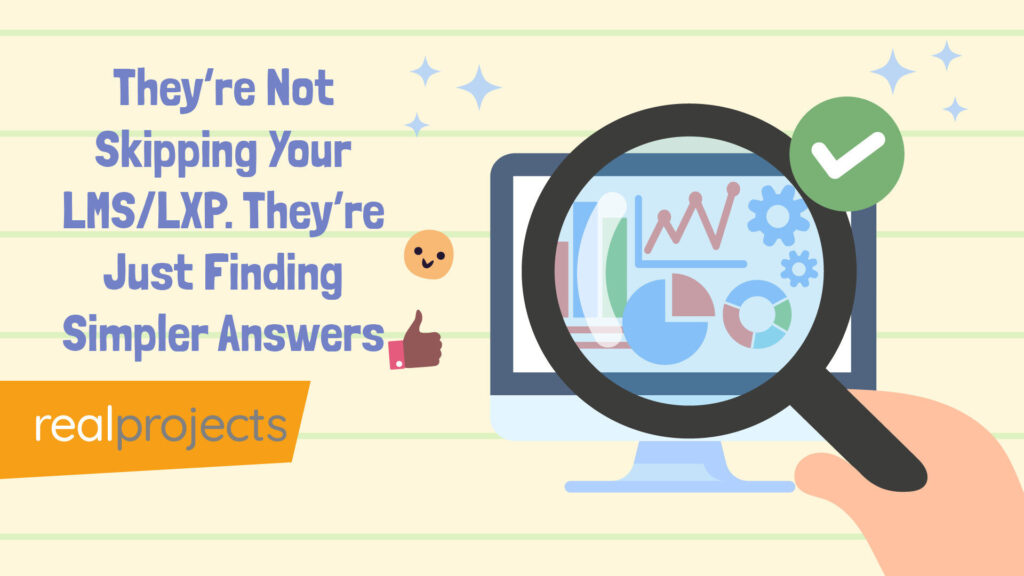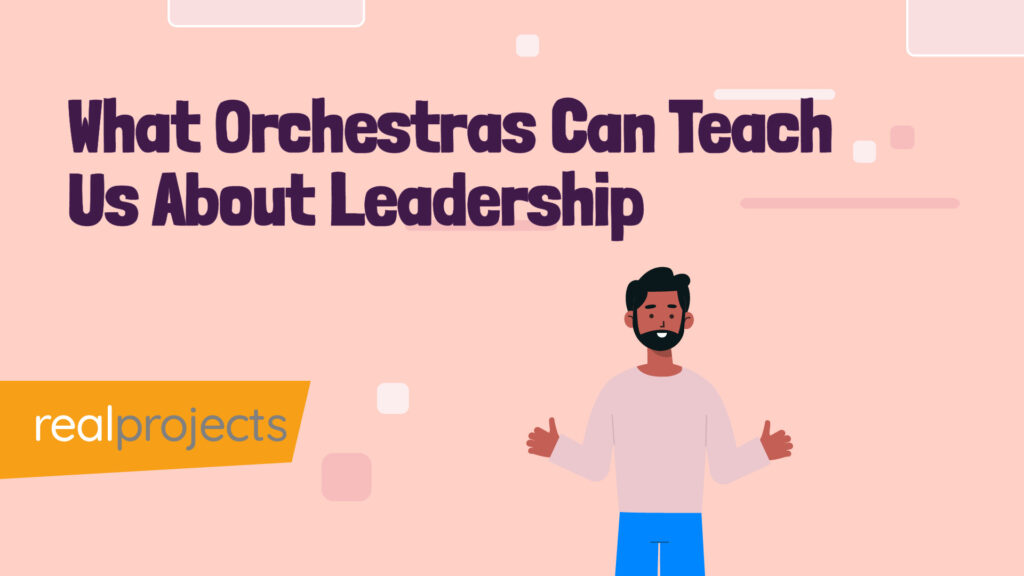Back in 2013, we had 12 courses elearning courses.
Today, we’re scaling past 800 in our elearning library.
We didn’t get here by chasing trends. We got here by solving the same problem that many L&D teams still face: off-the-shelf content that’s too long, too general, and not available in the languages their teams speak.
So we flipped the model.
- Shorter courses.
- Tailored topics.
- Global ready from day one.
Demand for flexible, prebuilt digital training has grown rapidly in recent years. The shift is being driven by both learner preferences and business pressures:
- Off-the-shelf elearning demand is surging, with 64% of L&D leaders now prioritising prebuilt content for speed and scalability.
Source: Training Industry, 2025 - Microlearning (under 10 minutes) delivers 20% higher knowledge retention and is preferred by 58% of learners in corporate settings.
Source: Hannah Stone, Microlearning 2025 – LinkedIn Pulse - Deskless workers make up 80% of the global workforce, yet only 1% of corporate tech spend targets them. Mobile-first elearning is a key solution.
Source: Emergence Capital / Harvard Business Review - 90% of global companies now require multilingual content in at least two non-English languages to meet workforce diversity needs.
Source: LinkedIn Workplace Learning Report 2025 - Courses localised by native speakers show 74% higher engagement than AI-only translations.
Source: CSA Research, 2025 - Compliance training is the top driver for off-the-shelf elearning purchases, particularly in highly regulated sectors like healthcare, finance, and manufacturing.
Source: Training Industry Market Report 2025
Our Digital Learning Library: Scalable, Short, and Impactful
We’re a subscription-based digital learning provider offering over 800 courses. Our courses are short (just 3–5 minutes), designed for busy professionals, and available in six core languages, with more in development.
Some of our clients come to us for an off the shelf elearning library. Others come because they’ve got a messy PowerPoint deck or a regulatory training deadline and need a partner who can turn it into something that works on mobile. We do both.
What Sets Our Custom Elearning Content Apart
We don’t just repurpose slide decks or translate content with AI and hope for the best.
Our in-house localisation team ensures each course is culturally relevant. Our experience spans sectors from football data to compliance training, and we bring that same precision to every project.
We also specialise in topics other libraries don’t cover. Security for hospitality teams. Customer service in multilingual environments. Retail-specific content built with real frontline input.
Scott Hewitt asks: “It was a conversation with Charise at OpenSesame that made it click. Language options were crucial for clients. She shared exactly what they were asking for, and we knew straight away that with our localisation expertise, we could step in and support that need globally. So why weren’t more providers doing it?”
Who Uses Our Elearning Library and Why
We work with L&D teams across the UK, Europe, and globally. Most already have a learning platform. They just need better content. That might mean:
- Filling content gaps
- Adapting training for low digital literacy
- Creating mobile-first modules for deskless workers
- Or rolling out multilingual compliance content across multiple countries
Our clients often operate in regulated, complex industries. They care about learner engagement, measurable results, and fast delivery.
How Our Partnership with OpenSesame Helped Us Grow
In 2019, we met Spencer from OpenSesame for another meeting at Learning Technologies. At the time, we were still focused on custom courses. Spencer saw potential in our content and set us a challenge: grow our catalogue and hit a revenue target. As an OpenSesame Plus Publisher, there were opportunties to support the customer base.
We went for it.
With support from the OpenSesame team, especially Abbie and Charise, we’ve since expanded our reach, refined our course formats, and unlocked access to new markets.
The partnership works because we each focus on what we do best. We create smart, effective content. OpenSesame gets it in front of the right buyers.
Scott Hewitt reflects: “At first, we were focused on custom development. Scaling meant building out repeatable processes. Nothing broke, but we had to take the best of what we were doing in custom work, our creativity, innovation, and precision, and bake that into our off-the-shelf content. We’ve done that and more, using the right tools and tech along the way.”
Lessons Learned from Scaling a Global Elearning Catalogue
Feedback is everything.
The TAP ratings. The reviews. The anecdotal comments from customers who say, “I finally found a course that fits my team.”
That feedback drives how we improve our courses every quarter.
We also learned that localisation isn’t a bolt-on. It’s fundamental. That’s why we’re building out our language support, testing new formats, and working closely with partners to ensure cultural nuance and technical accuracy in every course.
Scott Hewitt adds: “If you’re starting out, just start. Become a learning machine. Soak everything in. Don’t worry about failing. It’s how you find what works. And listen to your customers. They’ll give you the insights you can build a brilliant product around.”
The Future of Elearning: Multilingual, Interactive, and On-Demand
We’re investing in new formats. We’re scaling our compliance content. And we’re actively seeking out sectors where an off the shelf elearning library can expand.
But mostly, we’re focused on making learning better
- Faster.
- More inclusive.
- And ready for what’s next.
Scott Hewitt asks: “One thing we knew we had to get right was pricing. Too many libraries make it overly complex. We were determined to keep it simple, clear, and accessible. No NDAs just to see a demo. Why create barriers when your content should be doing the talking?”
Quick Answers for L&D Teams
Q: What are the four stages of elearning?
Planning, design, development, and delivery. You start by setting goals, then create content, build the course, and finally make it available on your platform.
Q: What are the three main types of elearning?
Self-paced courses, virtual classrooms, and blended learning. We focus on self-paced content, short, mobile-friendly modules people can access anytime.
Q: What is a disadvantage of elearning?
It can feel too generic or long. That’s why we keep our courses short, focused, and relevant to each team’s needs, especially in different languages.
Q: What is an elearning library?
A collection of ready-made digital courses.
Ours has 800+ short courses built for real teams, with localised content in six languages and more to come. Our off the shelf elearning library gives teams instant access to essential training content, without starting from scratch.



